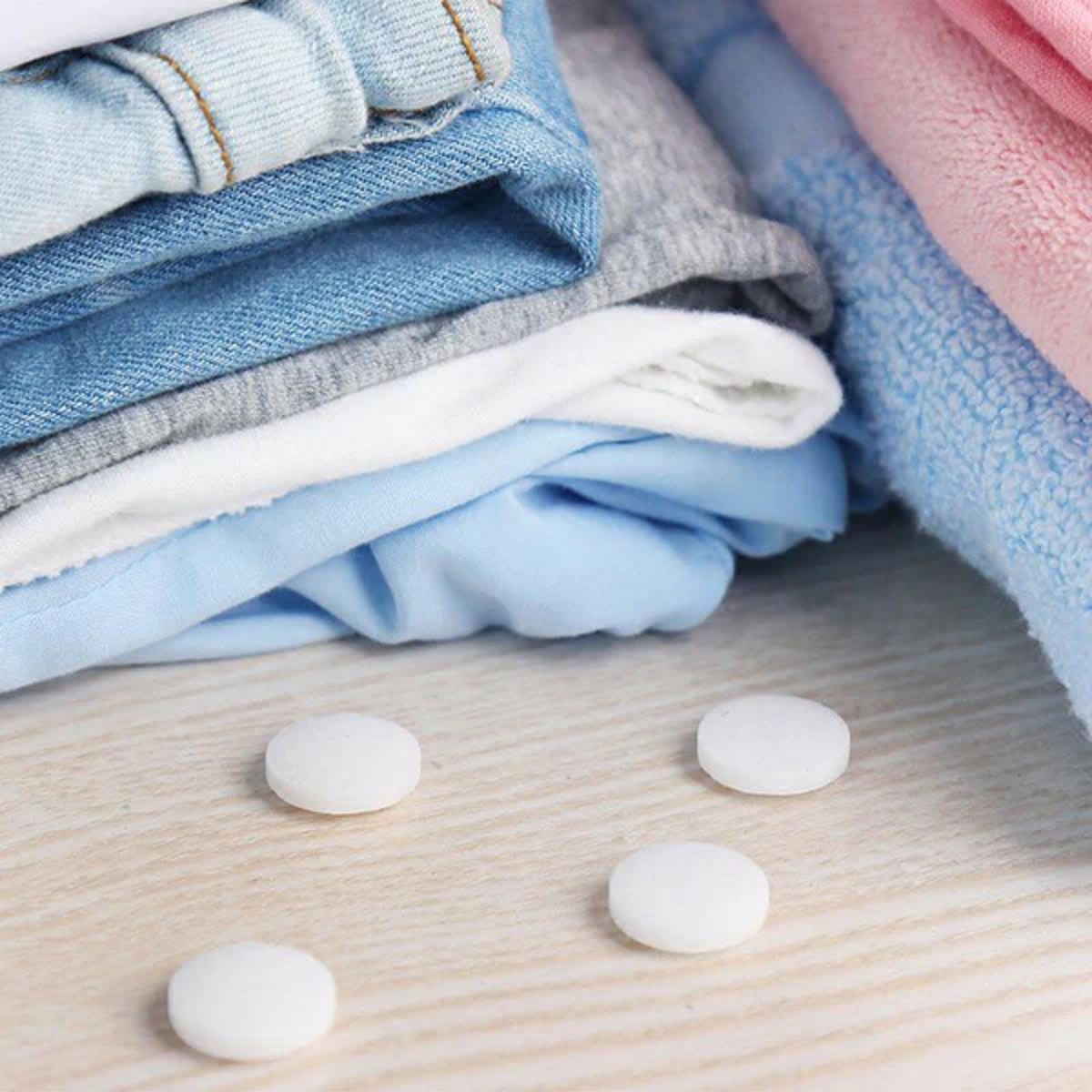

Articles
How To Use Mothballs In A Closet
Modified: October 27, 2024
Learn how to effectively use mothballs for home maintenance in your closet to keep pests away and maintain a fresh, clean space.
(Many of the links in this article redirect to a specific reviewed product. Your purchase of these products through affiliate links helps to generate commission for Storables.com, at no extra cost. Learn more)
Introduction
Closets are often a haven for clothes, keeping them safe from dust and dirt. However, there is one unwanted guest that can wreak havoc on our favorite garments – moths. Moth infestations can be a nightmare, causing damage to clothing, linens, and other items made of natural fibers. To prevent these pesky insects from infiltrating your closet, one common solution is to use mothballs.
Mothballs are small, white balls that emit a strong odor, typically made from chemical substances such as naphthalene or paradichlorobenzene. They work by releasing a vapor that acts as a repellent, deterring moths and other insects from nesting or feeding on your belongings.
However, it is important to note that while mothballs can be effective, they do come with some safety concerns and precautions. The chemicals used in mothballs can be harmful if ingested or inhaled, making it crucial to handle them with care. Furthermore, the odor of mothballs may be strong and unpleasant, making it necessary to properly ventilate the closet if you decide to use them.
In this article, we will guide you through the process of using mothballs in your closet. We will cover important aspects such as preparing the closet, selecting and placing mothballs, exploring natural alternatives, and tips for proper maintenance. By following these steps, you can create a moth-free environment for your clothes and ensure they remain protected from these pesky insects.
Key Takeaways:
- Protect your clothes from moth infestations by using mothballs strategically in your closet. Follow safety precautions, monitor effectiveness, and consider natural alternatives for a moth-free wardrobe.
- Regular maintenance and proper ventilation are essential for maximizing the effectiveness of mothballs in repelling moths. Explore natural alternatives and DIY repellents for a more environmentally-friendly approach.
Read more: How To Store Mothballs
Understanding Mothballs
Before delving into the usage of mothballs in your closet, it’s important to understand what they are, how they work, and the safety concerns associated with them.
Mothballs are small, spherical balls that are infused with chemicals known as naphthalene or paradichlorobenzene. These chemicals are renowned for their strong odor, which acts as a deterrent for moths and other insects. When exposed to air, these chemicals volatilize and release a vapor that repels moths, preventing them from laying eggs or feeding on your clothes.
It’s essential to note that mothballs should never come into direct contact with your clothing or skin. The chemicals contained within them can be harmful if ingested or absorbed through the skin, and they should always be handled with caution. It’s advisable to wear gloves and a safety mask when handling mothballs, and to wash your hands thoroughly afterward to avoid any potential exposure.
Another safety concern with mothballs is their strong and distinct odor. While some people may find the scent tolerable, others may find it overwhelming and unpleasant. It’s important to consider the ventilation in your closet and ensure that there is adequate airflow to prevent the odor from permeating throughout your living space. Additionally, if you have pets or young children, it’s crucial to keep mothballs out of their reach to avoid any accidental ingestion.
While mothballs can be effective in deterring moths, it’s crucial to follow the instructions provided on the packaging. Overusing or misusing mothballs can lead to excessive chemical exposure, which can be harmful to both humans and pets. It’s important to use the recommended quantity for the size of your closet and to monitor their effectiveness regularly.
If you have any concerns about the safety of using mothballs, it’s advisable to explore natural alternatives or consult with a professional pest control expert. They can provide you with guidance on alternative methods to protect your clothes from moth infestations.
In the following sections, we will guide you through the process of preparing your closet, selecting and placing mothballs, and exploring alternative options to keep moths at bay. By arming yourself with knowledge and taking the necessary precautions, you can effectively protect your clothes and maintain a moth-free closet.
Preparing the Closet
Before implementing the use of mothballs in your closet, it’s important to prepare the space properly. This involves clearing out the closet, cleaning and organizing the area, and ensuring that there are no existing moth infestations.
The first step is to clear out the entire contents of the closet. Remove all clothing, linens, and other items from the shelves and hanging rods. This allows you to thoroughly clean the space and provides a fresh start for organizing your belongings.
Once the closet is empty, it’s time to clean it thoroughly. Use a vacuum cleaner with a brush attachment to remove any dust, debris, or moth eggs that might be lurking in the corners and crevices. Wipe down the shelves, walls, and floor with a solution of warm water and mild detergent to ensure a clean and fresh environment.
After cleaning, take the opportunity to organize your belongings and discard any items that are old, damaged, or no longer needed. This not only helps in creating a clutter-free space but also reduces the chances of moths infesting your closet.
Inspect your clothing and other textiles for signs of moth infestations. Look for holes or damage in your clothes, larvae casings, or webbing in the corners of the closet. If you notice any indications of a moth problem, it’s crucial to take immediate action to eliminate them before using mothballs. You can either consult a pest control professional or use natural remedies to eradicate the infestation.
By thoroughly preparing your closet and ensuring its cleanliness and organization, you are setting the foundation for an effective moth control strategy. This not only helps in preventing future moth infestations but also allows the mothballs to work optimally in protecting your clothes from these unwanted pests.
Selecting and Placing Mothballs
When it comes to using mothballs in your closet, selecting the right type, determining the quantity needed, and properly placing them are key factors in their effectiveness.
Start by choosing the right type of mothballs. There are two common types available: those made with naphthalene and those made with paradichlorobenzene. Both work effectively in repelling moths, but they differ slightly in odor and potential safety concerns. Consider your personal preferences and any specific safety considerations when making your choice.
Next, determine the quantity of mothballs needed for your closet. This depends on the size of the closet and the amount of clothing and textiles you have. As a general guideline, use one mothball per cubic foot of closet space. If your closet is larger or has a high number of items, you may need to use more. However, be careful not to overcrowd the space with too many mothballs, as this can lead to excessive odor and chemical exposure.
Proper placement of mothballs within the closet is essential. The goal is to create a barrier that repels moths and prevents them from reaching your clothes. Place the mothballs strategically throughout the closet, ensuring that they are evenly distributed and easily accessible. Consider placing them on shelves, in corners, and on hanging rods. Avoid placing mothballs directly on or near your clothing to prevent any potential staining or damage.
It’s important to note that mothballs should never be mixed with your clothes or stored in sealed containers. The vapors they release need to circulate freely to be effective. However, if you have delicate or valuable items that you want to protect from direct contact with mothballs, you can use breathable storage bags or containers specifically designed for this purpose.
Remember to follow the instructions provided on the packaging of the mothballs for safe usage. Use gloves when handling the mothballs and wash your hands thoroughly after placement. Additionally, ensure that there is proper ventilation in the closet to minimize the smell of the mothballs throughout your living space.
By selecting the appropriate type of mothballs, determining the right quantity, and placing them strategically in your closet, you can maximize their effectiveness in keeping moths away from your clothes and textiles.
Place mothballs in a breathable container or fabric pouch and hang or place them in the closet. Make sure to keep them away from direct contact with clothing to prevent any potential damage.
Alternatives to Mothballs
Mothballs may not be the ideal choice for everyone due to their strong odor and potential safety concerns. Fortunately, there are several alternative methods you can consider to protect your clothes from moths. Let’s explore some natural alternatives, DIY repellents, deterrents, and other commercially available options.
Natural alternatives: If you prefer a more environmentally-friendly approach, there are several natural alternatives to mothballs. Cedar wood, for example, has a natural fragrance that repels moths. You can use cedar blocks, cedar sachets, or cedar essential oil to create a moth-repellent environment in your closet. Lavender is another natural deterrent that moths dislike. Sachets filled with dried lavender flowers or lavender essential oil can be placed in your closet to keep moths at bay.
DIY repellents and deterrents: You can also create your own homemade repellents and deterrents to ward off moths. One popular recipe involves mixing equal parts of dried rosemary, thyme, cloves, and mint leaves. Fill small cloth bags or sachets with this herbal mixture and place them in your closet. Not only will this combination emit a pleasant fragrance, but it will also act as a natural deterrent for moths.
Other commercially available options: If you prefer a ready-to-use solution, there are several commercially available moth repellents on the market. These products typically come in the form of sachets or hangers infused with natural deterrents such as essential oils or herbal blends. Some products incorporate technology like ultrasonic waves or pheromone traps to repel or catch moths. Explore different brands and options to find the one that suits your preferences and needs.
It’s important to note that while natural alternatives and DIY repellents can be effective for preventing moth infestations, they may not be as potent as mothballs. It’s crucial to regularly monitor and replace these alternatives to ensure their effectiveness.
Additionally, maintaining cleanliness and proper organization in your closet is key to preventing moth infestations. Regularly vacuum your closet, wipe down surfaces, and launder your clothes to eliminate any moth eggs or larvae that may be present. By keeping your closet clean and applying preventive measures, you can greatly reduce the risk of moth damage to your clothing.
Remember, every closet and situation is unique, so it may require some experimentation to find the alternative method that works best for you. Whether you choose natural alternatives, DIY repellents, or commercially available options, the goal is to create a moth-free environment where your clothes can stay protected and undamaged.
Maintenance and Replenishment
Using mothballs in your closet is not a one-time solution. Regular maintenance and replenishment are necessary to ensure their continued effectiveness in repelling moths and protecting your clothes. Let’s explore some essential maintenance practices for using mothballs in your closet.
Monitoring mothball effectiveness: It’s important to periodically check the effectiveness of the mothballs in your closet. Mothballs gradually release their odor and potency over time, and their ability to repel moths diminishes. Monitor your closet for any signs of moth activity, such as holes in your clothes or larvae casings. If you notice an increase in moth activity, it may be time to replenish or replace the mothballs.
Proper ventilation and airing out: Mothballs have a distinct and strong odor, which can be off-putting for many. To minimize the smell and the potential for it to spread throughout your living space, ensure proper ventilation in your closet. Open windows or use fans to promote airflow and allow fresh air to circulate. You can also periodically air out your closet by removing the mothballs and letting the space breathe for a few hours.
Regularly replacing mothballs: Over time, mothballs lose their effectiveness as they release their chemicals and vaporize. It’s important to regularly replace the mothballs to maintain their potency. Follow the recommended guidelines provided on the packaging or replace them every three to six months, depending on the manufacturer’s instructions. Additionally, if you notice a decline in odor or moth-repelling effects, it’s advisable to replace the mothballs sooner.
During the process of replacing mothballs, take the opportunity to clean and organize your closet. Remove any mothball residue or debris and ensure that there are no signs of moth infestations. This regular maintenance not only ensures the effectiveness of the mothballs but also helps in maintaining a clean and moth-free environment for your clothes.
Remember, while mothballs can be effective in protecting your clothes from moths, they should always be used with caution. Keep them away from children and pets, and never handle them without wearing gloves. If you have any concerns about using mothballs or prefer a more natural approach, consider exploring alternative methods such as cedar blocks, herbal sachets, or commercially available repellents.
By implementing these maintenance practices and regularly replenishing the mothballs in your closet, you can ensure the continued protection of your clothes from moths and keep your wardrobe looking fresh and free from damage.
Conclusion
Moth infestations can be a frustrating and damaging experience, but with the proper precautions and methods, you can safeguard your clothes and keep moths at bay. Mothballs have long been used as a popular solution, but it’s important to understand their purpose, usage, and potential drawbacks.
In this article, we explored the use of mothballs in your closet and provided insights on selecting the right type, preparing the space, and proper placement. We also discussed alternatives to mothballs, including natural remedies, DIY repellents, and commercially available options.
When using mothballs, it’s crucial to handle them with care, following the instructions provided on the packaging. Consider safety precautions, such as wearing gloves, proper ventilation, and keeping them out of reach of children and pets. Evaluate the effectiveness of the mothballs over time and replenish or replace them as needed to maintain their potency.
If you prefer a more natural approach, explore alternatives such as cedar wood or herbal sachets to repel moths. Regular maintenance, including cleaning, organizing, and monitoring your closet, is vital to prevent moth infestations and ensure the continued protection of your clothes.
Ultimately, the choice of using mothballs or alternative methods depends on your personal preferences, safety considerations, and the extent of your moth problem. It’s important to find the solution that works best for you and meets your specific needs.
Remember, prevention is key. Regularly inspect your clothes, keep your closet clean and organized, and eliminate any signs of moth activity promptly. By adopting a proactive approach and implementing preventive measures, you can minimize the risk of moth infestations and preserve your beloved garments.
Whether you choose mothballs, natural alternatives, or DIY repellents, the goal is the same – to create a moth-free environment in your closet, protecting your clothes from damage and ensuring their longevity.
So, take action today and create a safe haven for your clothes by effectively using mothballs or alternative methods. With a little effort and the right strategies, you can enjoy a moth-free wardrobe and peace of mind knowing that your clothes are safe from these persistent pests.
References
1. National Pesticide Information Center. (n.d.). Mothballs: Product Information. Retrieved from https://npic.orst.edu/factsheets/mothball.html
2. University of Nebraska-Lincoln. (2019). Moth Management. Retrieved from https://extensionpublications.unl.edu/assets/pdf/g1572.pdf
3. PestWorld.org. (n.d.). Clothing Moths. Retrieved from https://www.pestworld.org/pest-guide/occasional-invaders/clothing-moths/
4. The Spruce. (2021). How to Use Mothballs Safely. Retrieved from https://www.thespruce.com/how-to-use-mothballs-safely-4767478
5. Hunker. (2021). How to Use Mothballs to Repel Moths. Retrieved from https://www.hunker.com/13420490/how-to-use-mothballs-to-repel-moths
6. Better Homes & Gardens. (2021). Natural Ways to Keep Moths Out of Your Closet. Retrieved from https://www.bhg.com/homekeeping/house-cleaning/tips/how-to-get-rid-of-moths-in-your-closet/
7. MothPrevention.com. (n.d.). How to Get Rid of Clothes Moths. Retrieved from https://moth-prevention.com/pages/how-to-get-rid-of-clothes-moths
Please note that the above references are for informational purposes only. It’s always recommended to consult professional advice or manufacturer instructions when using mothballs or any pest control methods.
If you're frustrated with pests in your kitchen, our guide on how to eliminate pantry moths offers expert advice to reclaim your space. For those aiming to streamline wardrobe management, consider our recommendations for efficient closet organization using the best folding tools. Additionally, our collection of creative solutions for home storage simplifies clutter management, making your living areas more enjoyable and functional.
Frequently Asked Questions about How To Use Mothballs In A Closet
Was this page helpful?
At Storables.com, we guarantee accurate and reliable information. Our content, validated by Expert Board Contributors, is crafted following stringent Editorial Policies. We're committed to providing you with well-researched, expert-backed insights for all your informational needs.
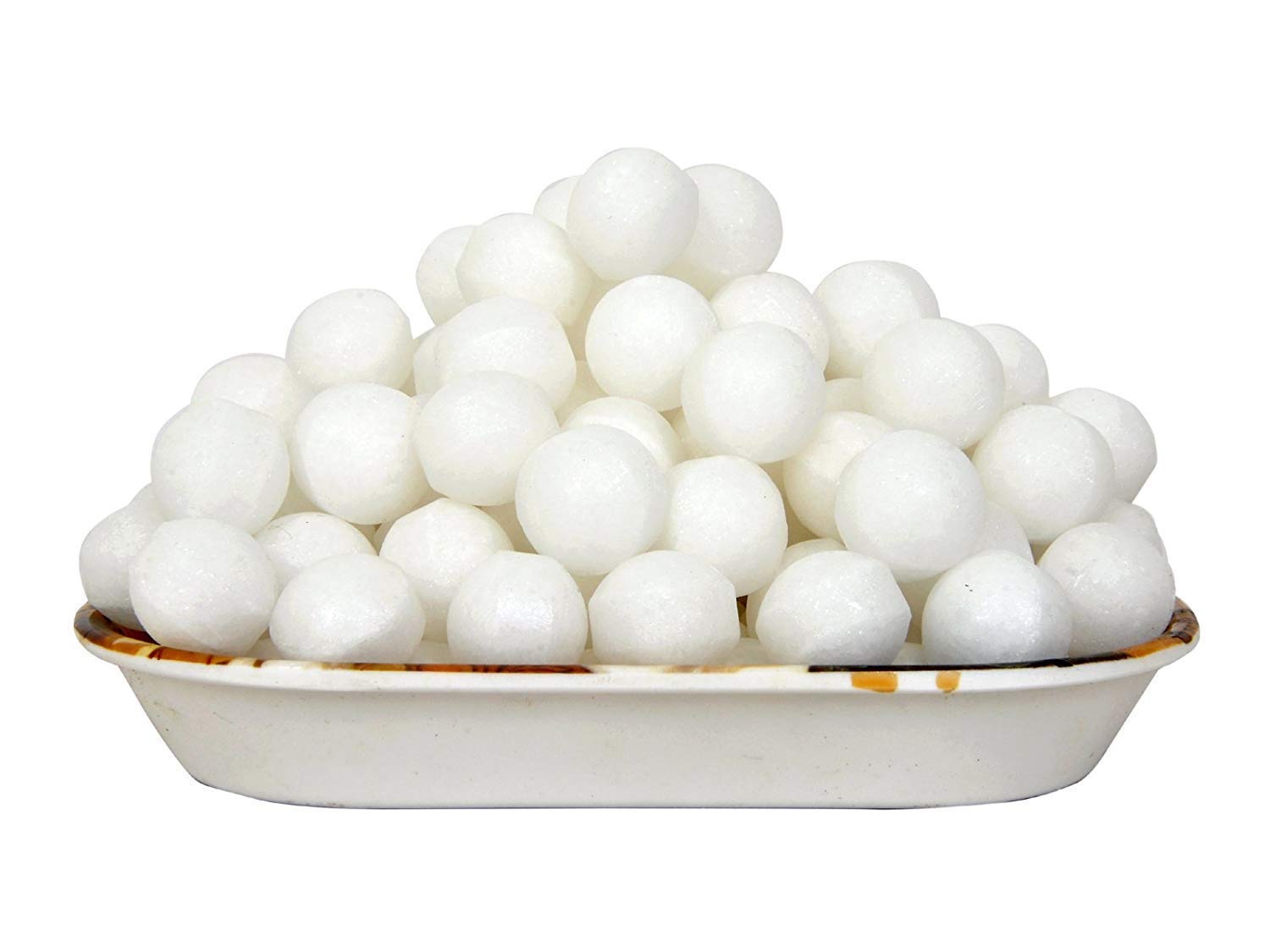

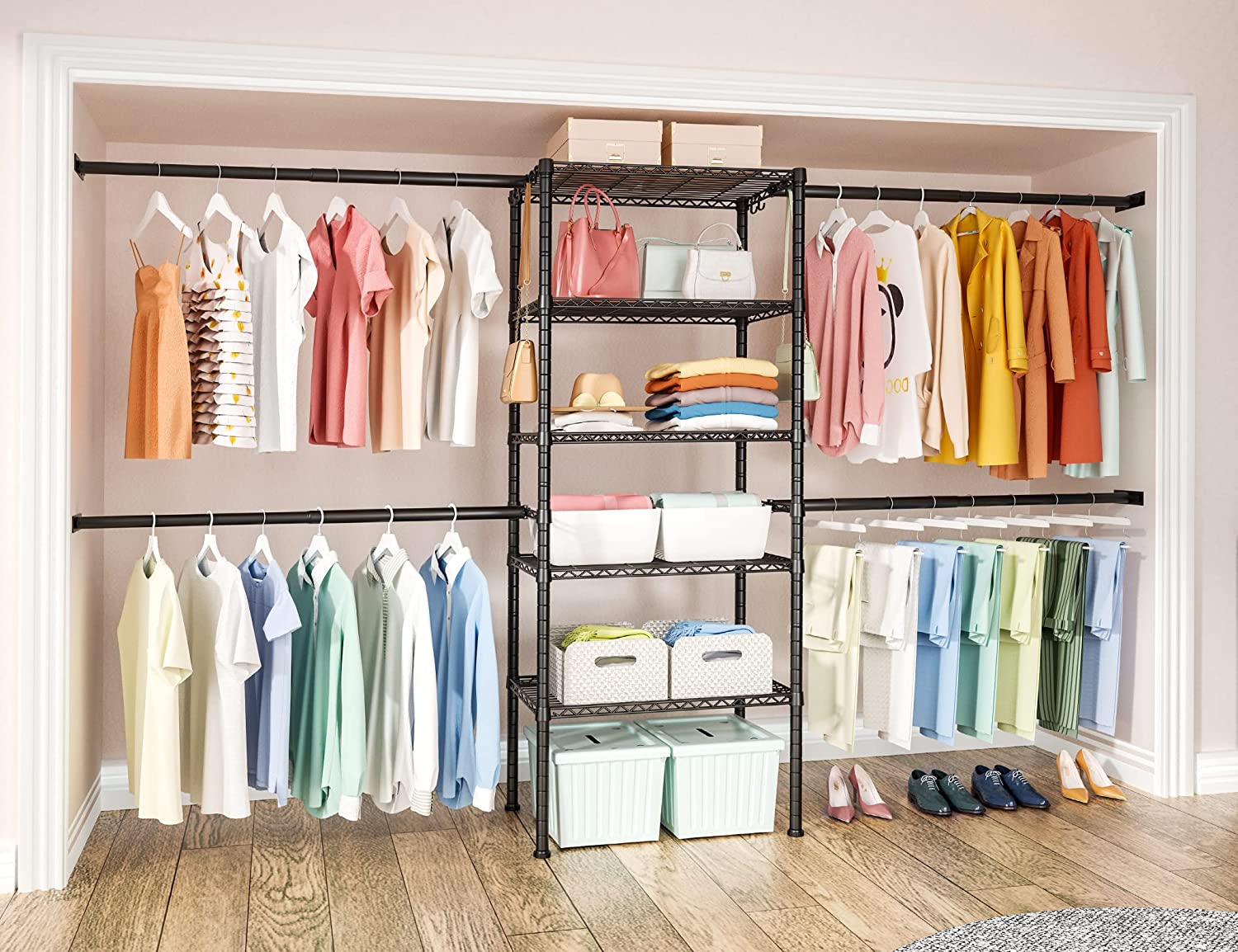
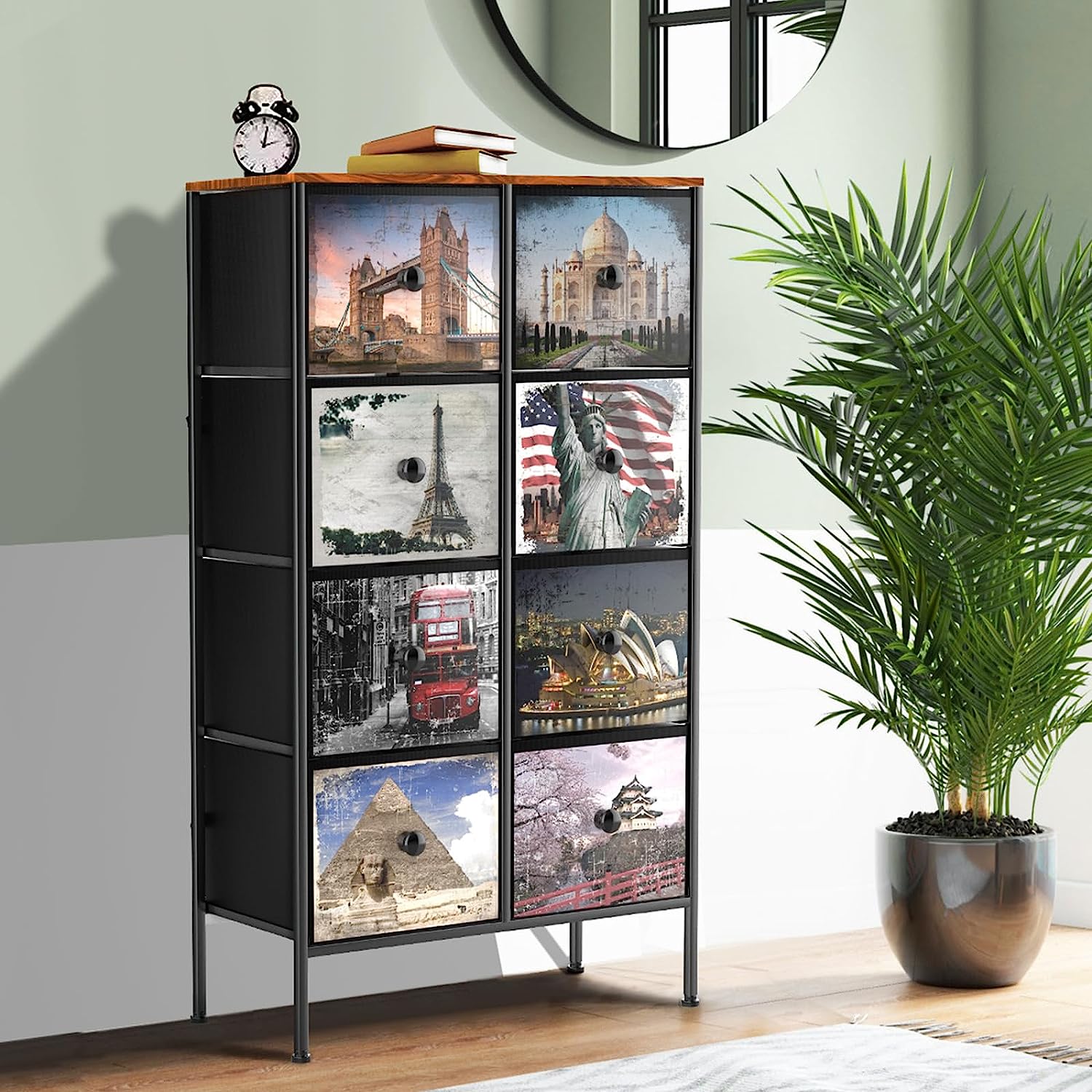
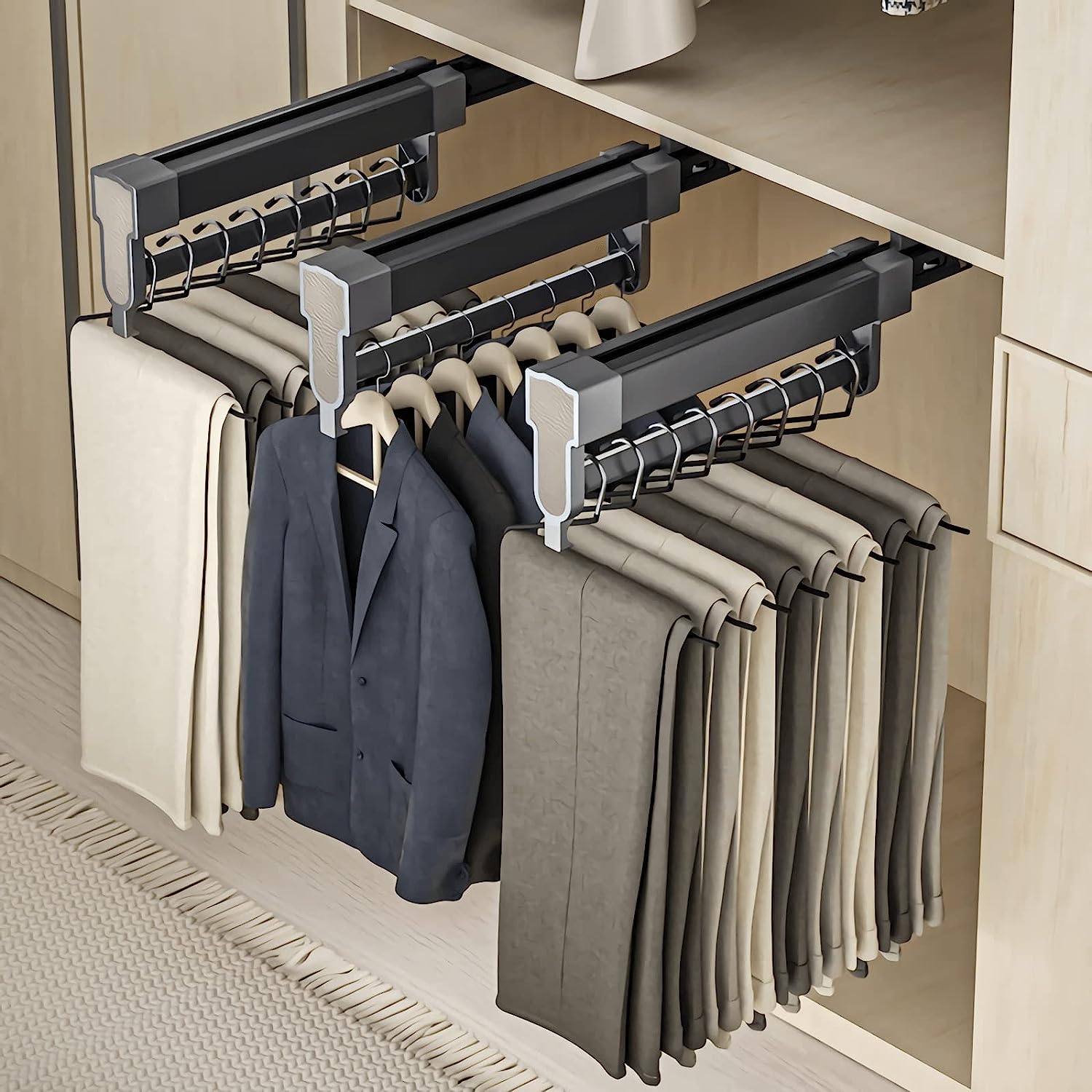
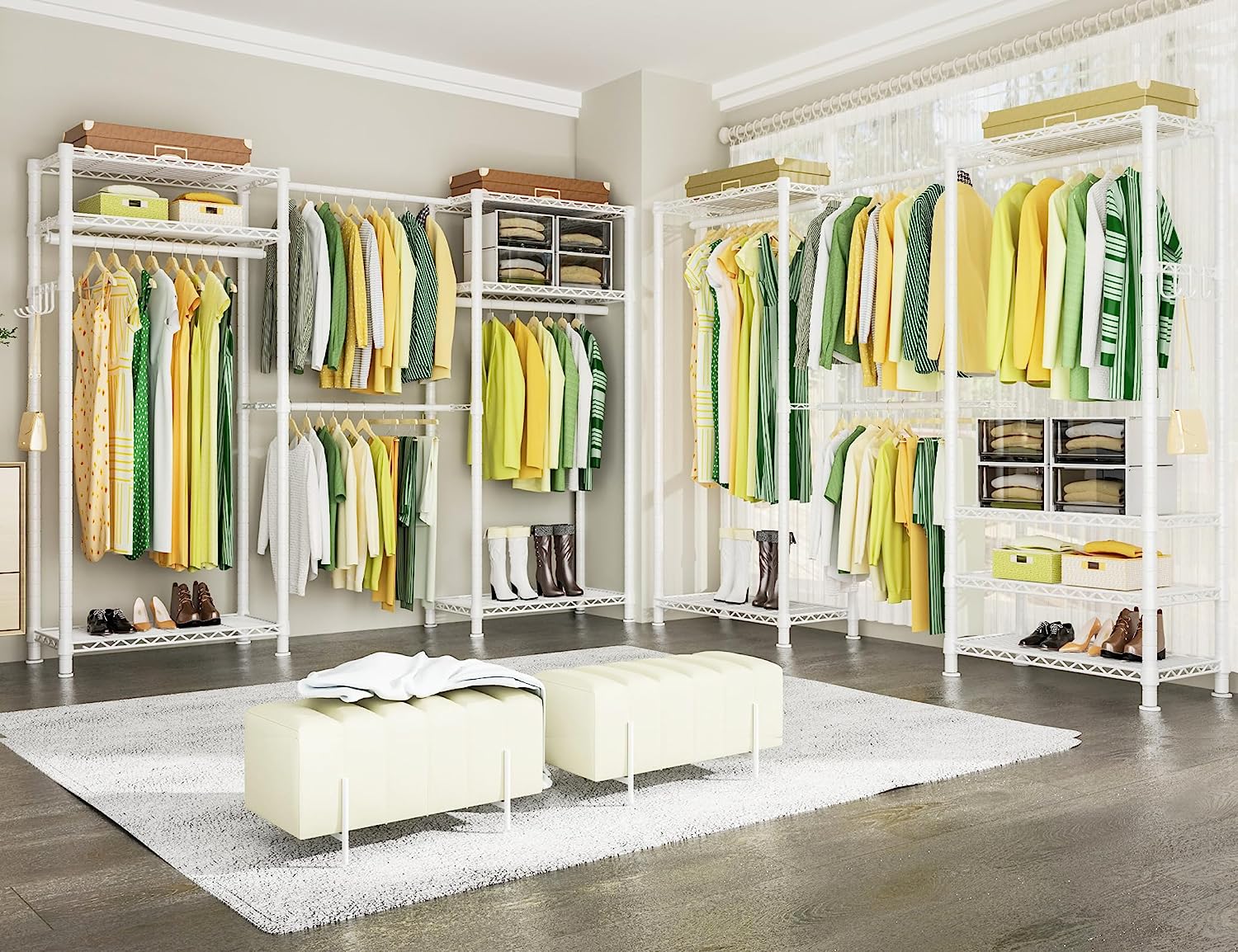
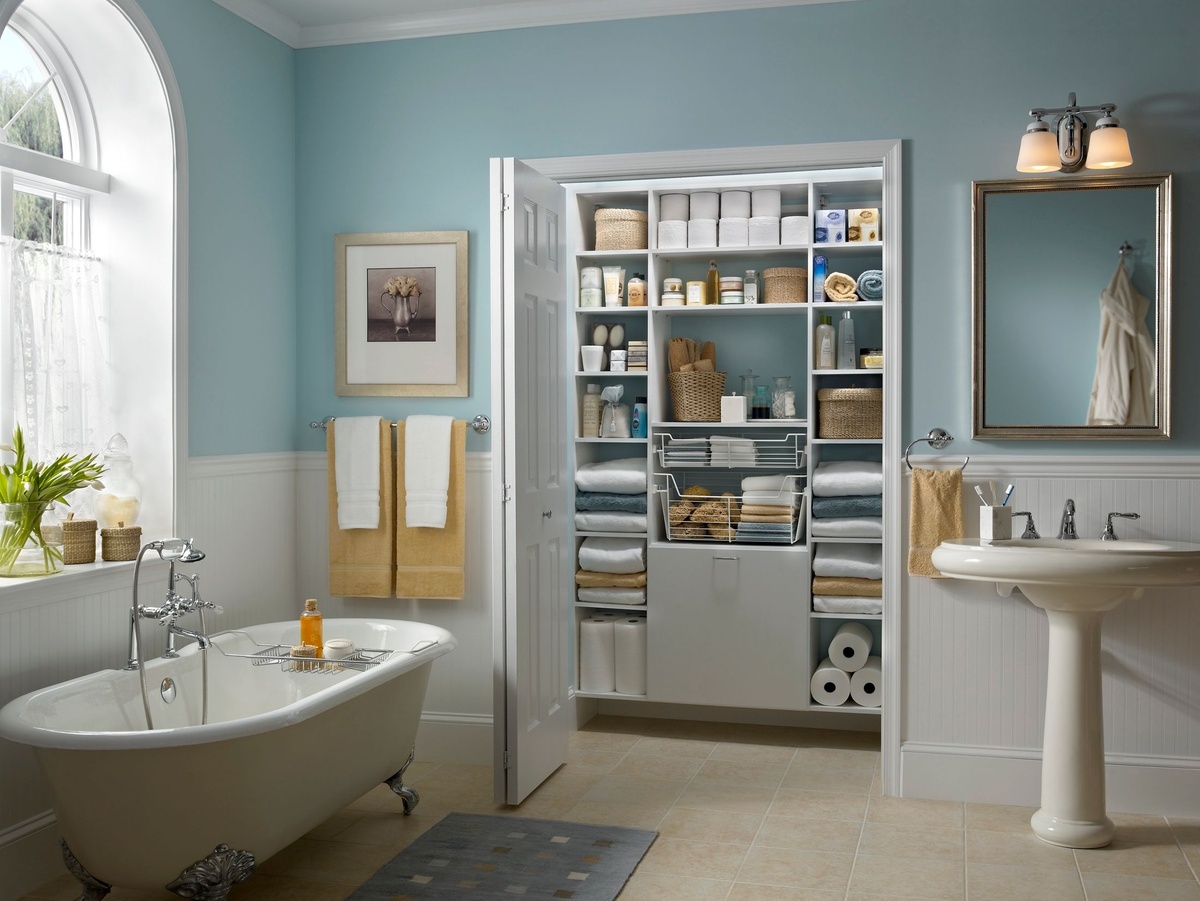
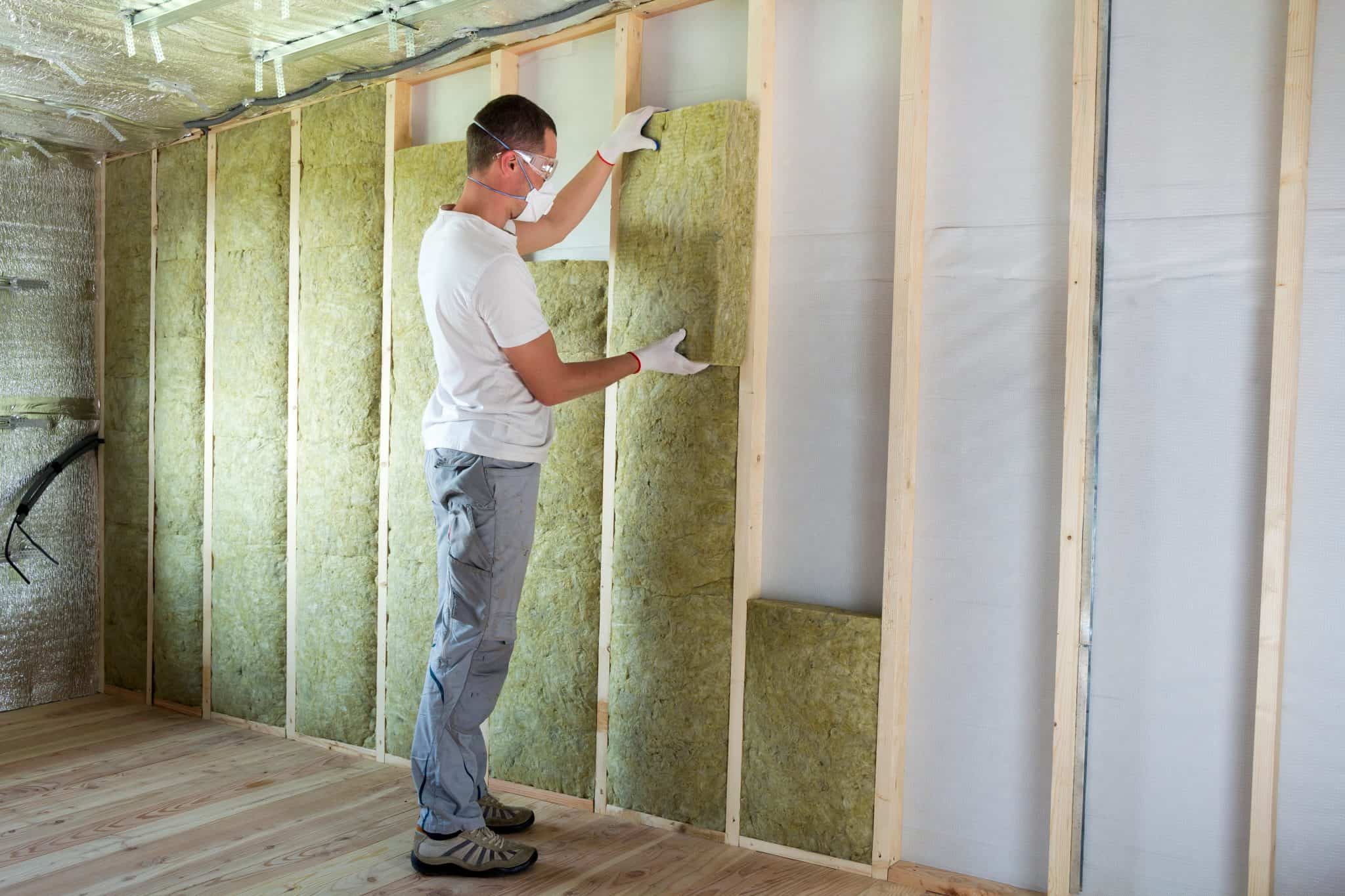


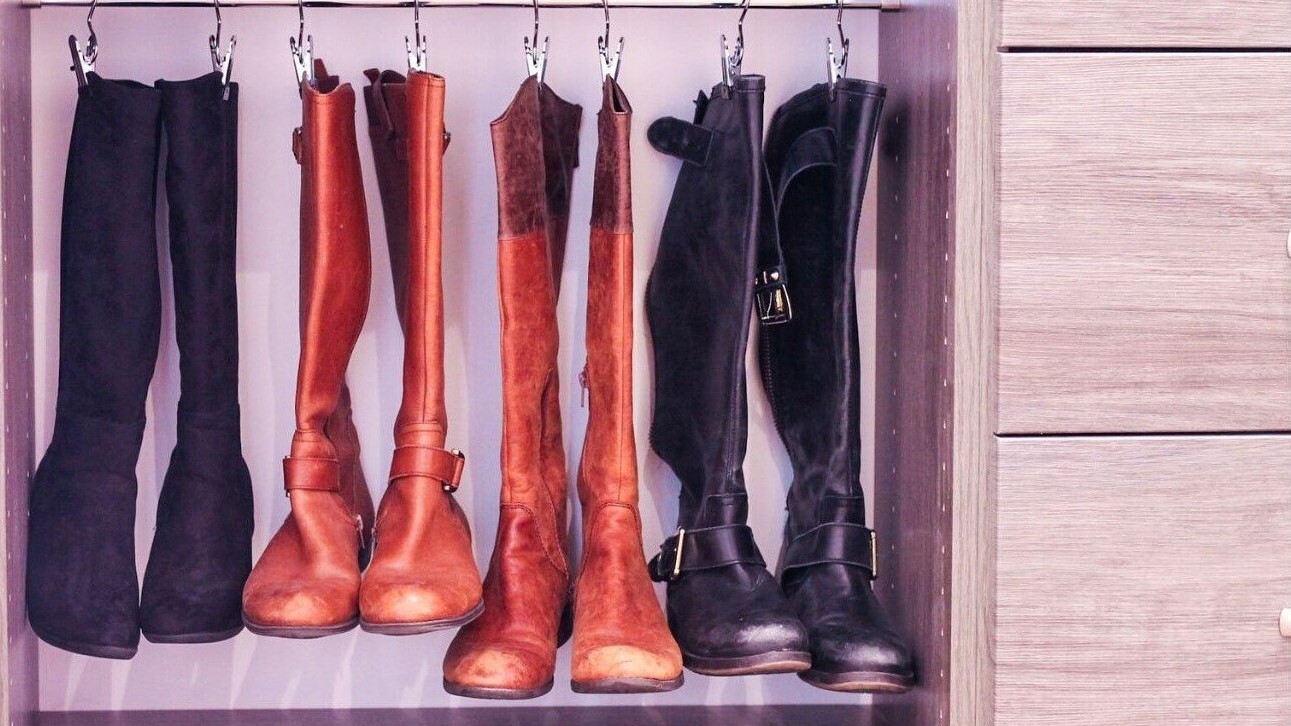




0 thoughts on “How To Use Mothballs In A Closet”